A spindly stem rises from a nest of fleshy flat green leaves, springing free upwards, unable to stand alone, tied to a bare dead stick. Four brave white blossoms at the top, each a delicate origami, snuggling a riot of delicate purple petals and at the very center, beyond belief, a tiny tiger-spotted heart. And buds too, sinister and pod-like, lined up and awaiting their time on center stage.
It smells of nothing. Not the heavy fetid stink of a tropical forest, seeping moss, pungent peeling tree bark. Not the thick sticky mud of the jungle floor, sucking at a wandering pig’s feet.
I stand here, my shopping cart full. Toilet paper, orange juice, eighteen eggs, chapstick. I stop and stare at you, you shrouded in clear cellophane, perched on the slatted plastic shelf. You, born from a steamy greenhouse and now offered up in a Costco warehouse.
Do you dream of jungle, of iridescent bugs whirring onto your white petals, raindrops plopping out random messages, turning into tiny dancing bubbles on your leaves? Of elusive chameleons and birds of a hundred colors, twittering, while the palm trees above fight to hold back the relentless sun?
You are a sacrifice, an offering. Please, I say, make the gray slop of winter melt into the promised spring. Help me remember the light. But hothouse beauty, your days are numbered. I know I will kill you, in the end. And I’m sorry.


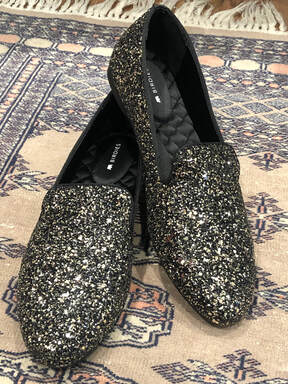
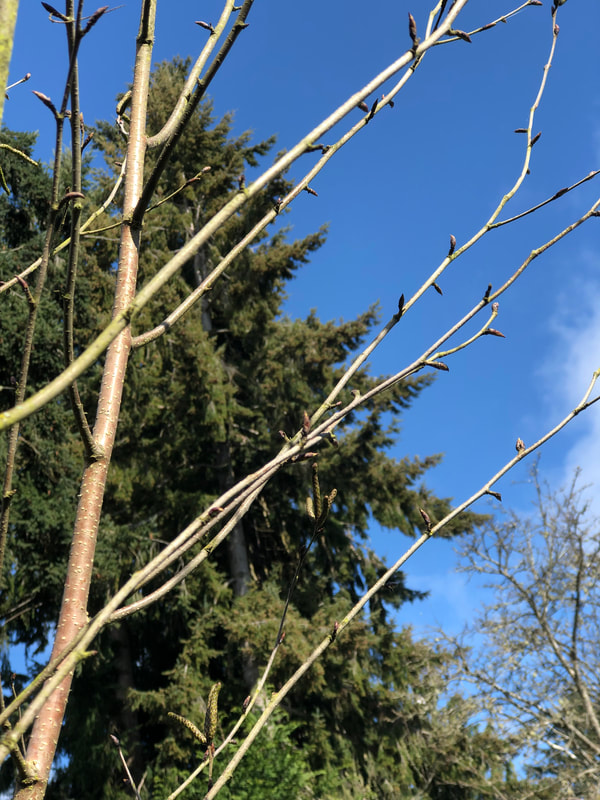
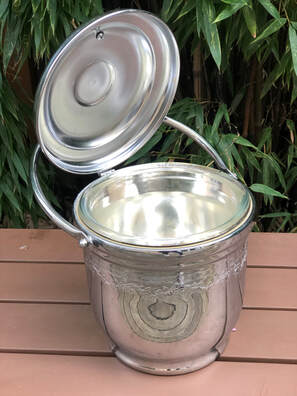
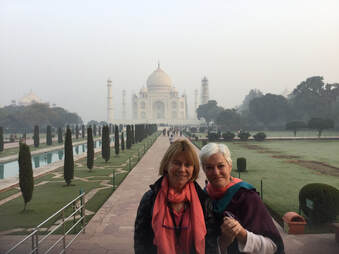
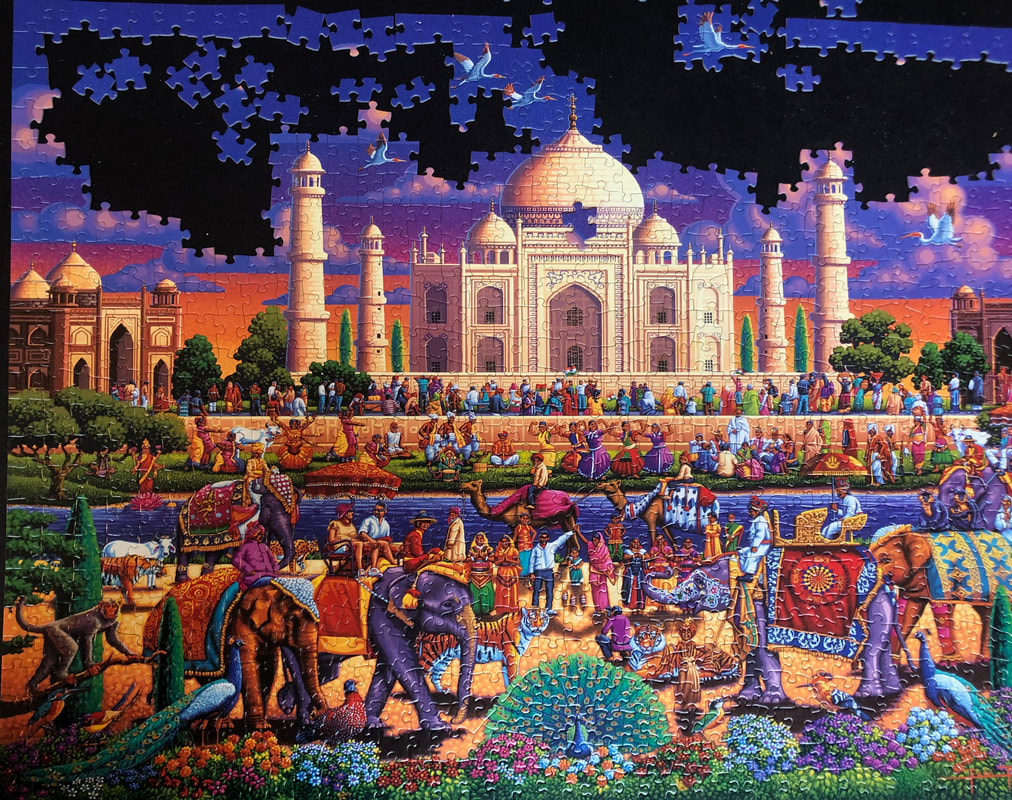
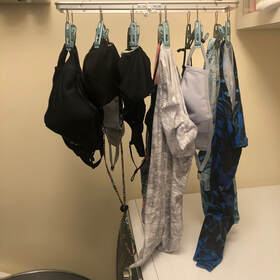

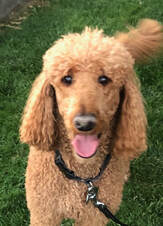
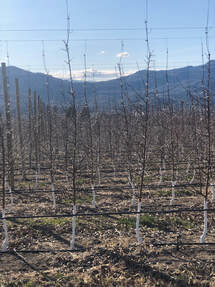
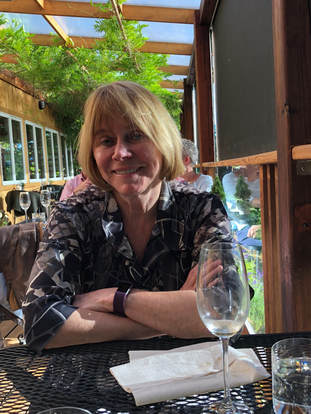

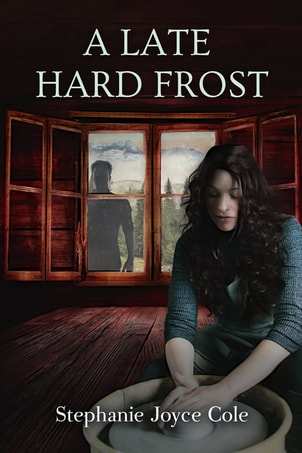

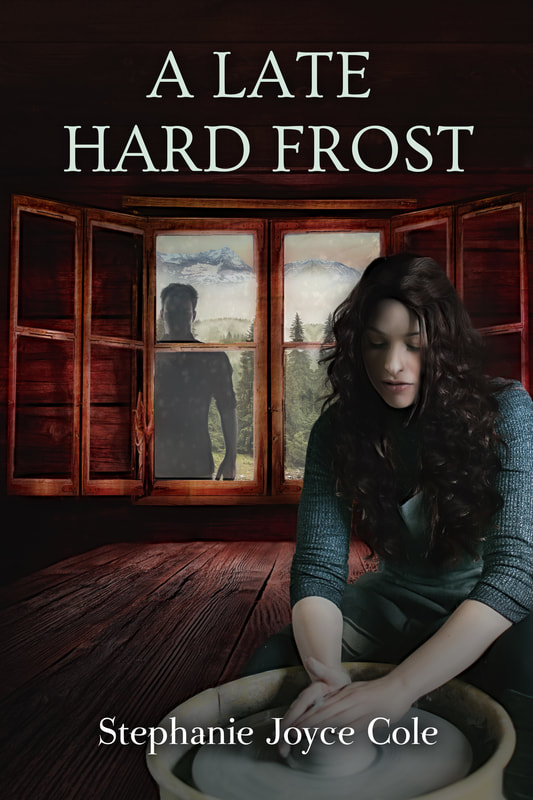
 RSS Feed
RSS Feed
